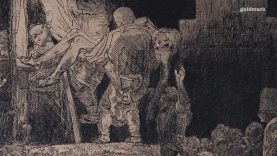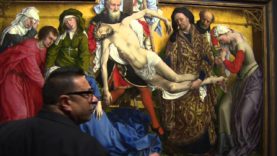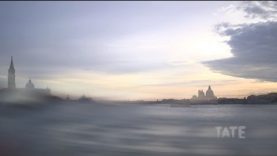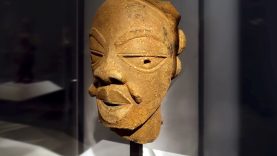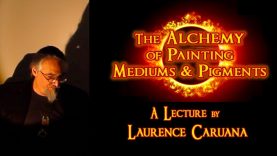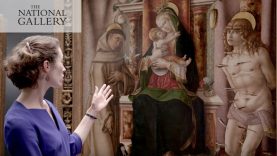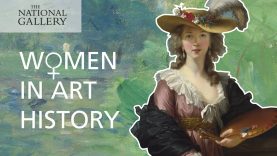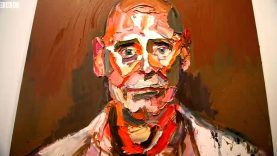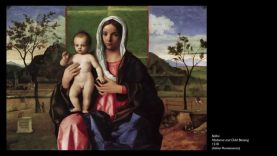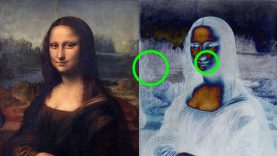Science, Technology and Art | Neo-Impressionism
Face to Face: The Neo-Impressionist Portrait, 1886-1904
Georges Seurat admired the bright palette of the Impressionists, but he wanted to ground his approach in sound principles of structure and color behavior. Working in Paris in the mid-1880s, the young artist turned to scientific theories of optics and color perception as the basis for his art, which became known as Neo-Impressionism. His methods called for the use of dotted brushstrokes applied according to rules of color behavior. In 1886, he first exhibited Sunday at the Grande Jatte, the monumental painting that has become the most representative work of the movement. After a controversial debut in Paris, the painting traveled to Brussels. While Seurat’s novel style confounded most viewers, it attracted an enthusiastic band of progressive artists in France, Belgium, and the Netherlands.
http://www.imamuseum.org/exhibition/face-face-neo-impressionist-portrait-1886-1904
source



